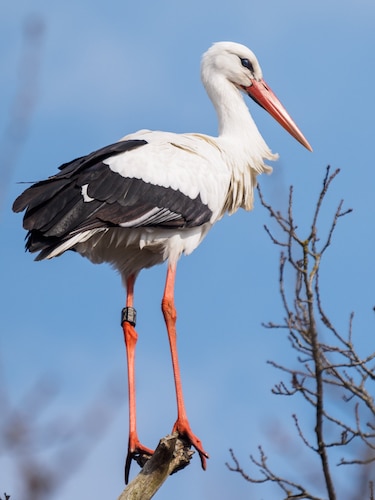South Ossetia

South Ossetia, officially the Republic of South Ossetia – the State of Alania, or the Tskhinvali Region, is a disputed territory in the South Caucasus, in the northern part of the internationally recognised Georgian territory. It has a population of 53,000 people who live in an area of 3,900 km2, south of the Russian Caucasus, with 30,000 living in Tskhinvali. The separatist polity, Republic of South Ossetia is recognized as a state by Russia, Venezuela, Nicaragua, Nauru, and Syria. While Georgia lacks control over South Ossetia, the Georgian government and most members of the United Nations consider the territory part of Georgia, whose constitution designates the area as “the former autonomous district of South Ossetia”, in reference to the former Soviet autonomous oblast disbanded in 1990. Georgia does not recognise the existence of South Ossetia. South Ossetia relies heavily on military, political and financial aid from Russia.
South Ossetia is in the very heart of the Caucasus at the juncture of Asia and Europe, and it occupies the southern slopes of the Greater Caucasus Mountain Range and the foothills’ part of the Kartalin Valley. South Ossetia is a very mountainous region. The Likhi Range is roughly in the center of South Ossetia, and the plateau that’s also roughly in the centre of South Ossetia is called Iberia.
The Greater Caucasus Mountain Range forms the northern border of South Ossetia with Russia, and the main roads through the mountain range into Russian territory lead through the Roki Tunnel between South and North Ossetia and the Darial Gorge. The Roki Tunnel was vital for the Russian military in the 2008 South Ossetia war because it is the only direct route through the Caucasus Mountains.
South Ossetia covers an area of about 3,900 km2 (1,506 sq mi) separated by the mountains from the more populous North Ossetia (which is part of Russia) and extending southwards almost to the Mtkvari river in Georgia. More than 89% of South Ossetia lies over 1,000 m (3,281 ft) above sea level, and its highest point is Mount Khalatsa at 3,938 m (12,920 ft) above sea level.
Most of South Ossetia is in the Kura Basin with the rest of it in the Black Sea basin. The Likhi and Racha ridges act as divide separating these two basins. Major rivers in South Ossetia include the Greater and Little Liakhvi, Ksani, Medzhuda, Tlidon, Canal Saltanis, Ptsa River and host of other tributaries.
South Ossetia’s climate is affected by subtropical influences from the East and Mediterranean influences from the West. The Greater Caucasus range moderates the local climate by serving as a barrier against cold air from the north, which results in the fact that, even at great heights, it is warmer there than in the Northern Caucasus.
-
Checklist
iGoTerra ChecklistFatbirder Associate iGoTerra offers the most comprehensive and up to date birds lists on the web
